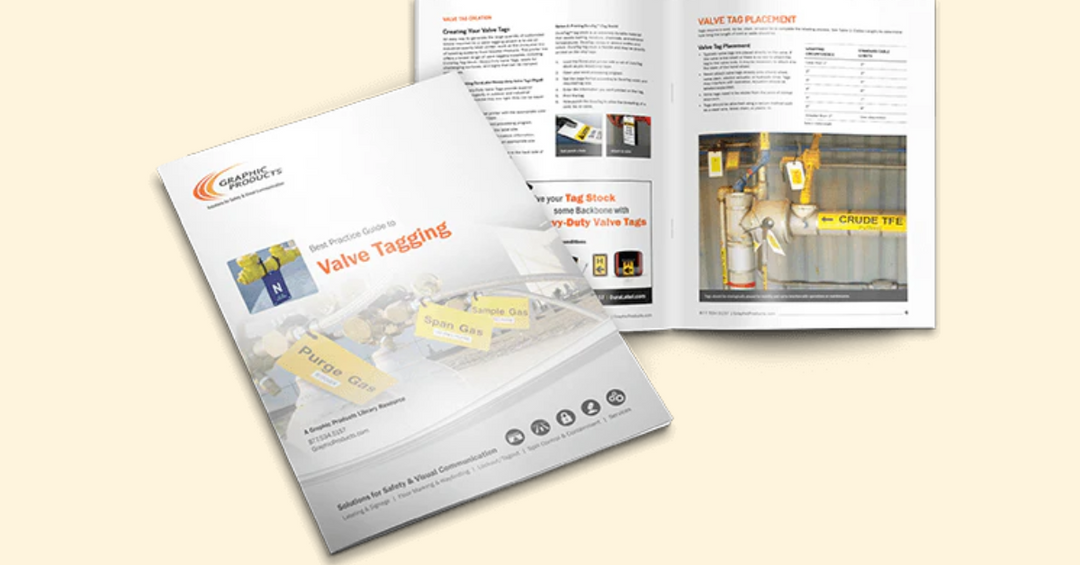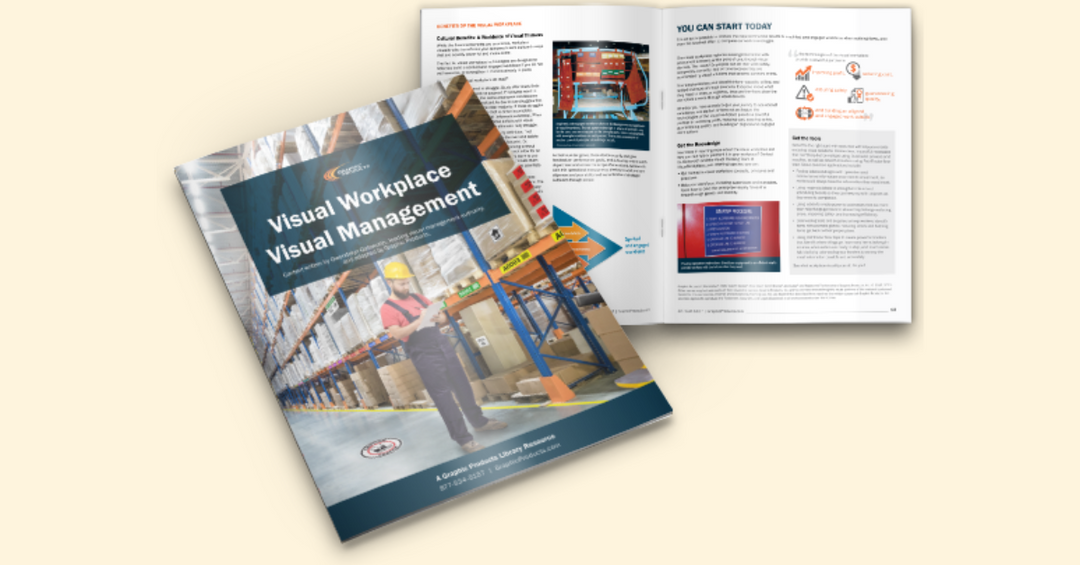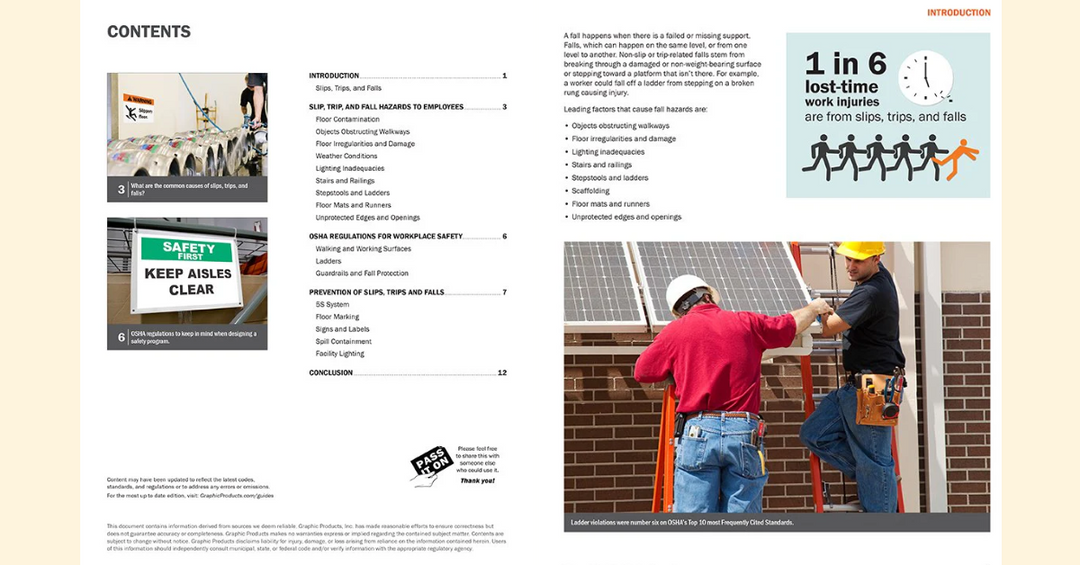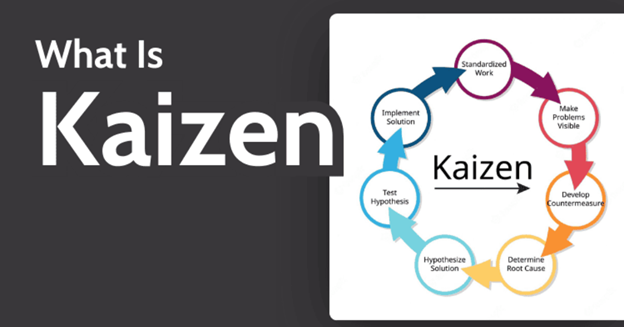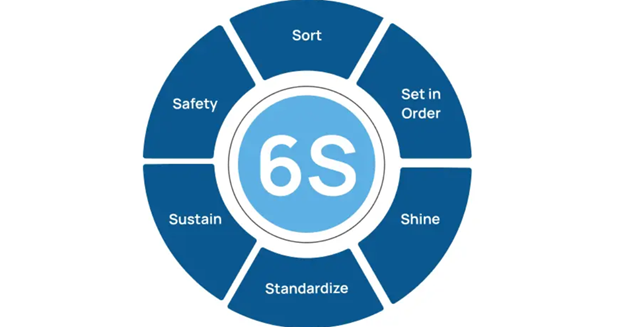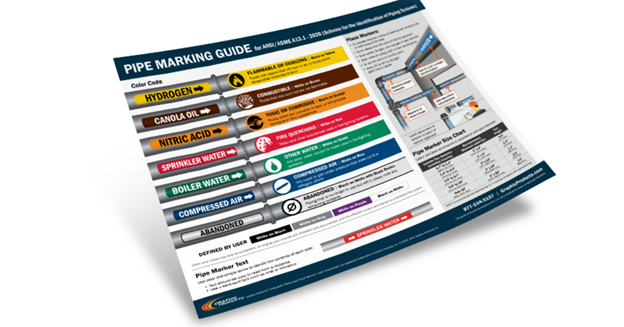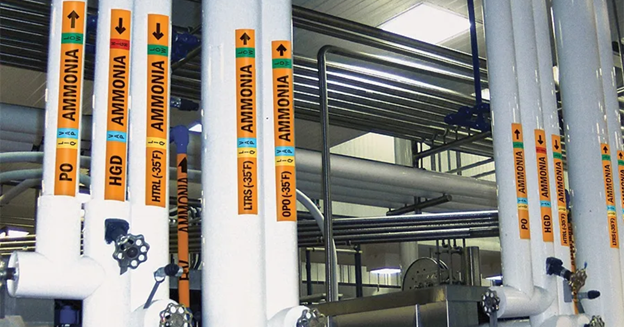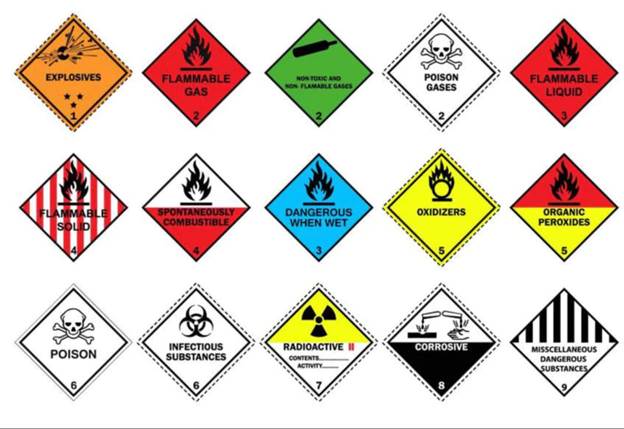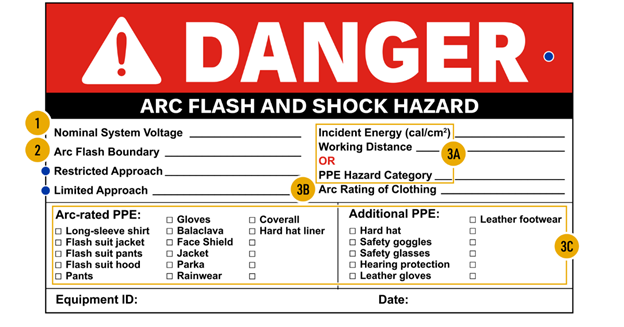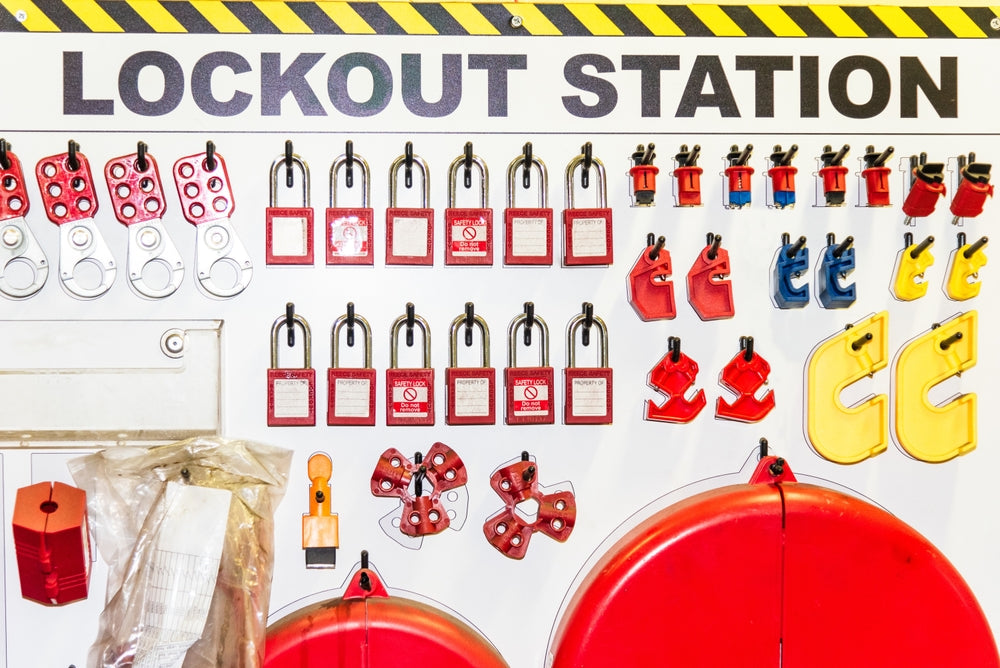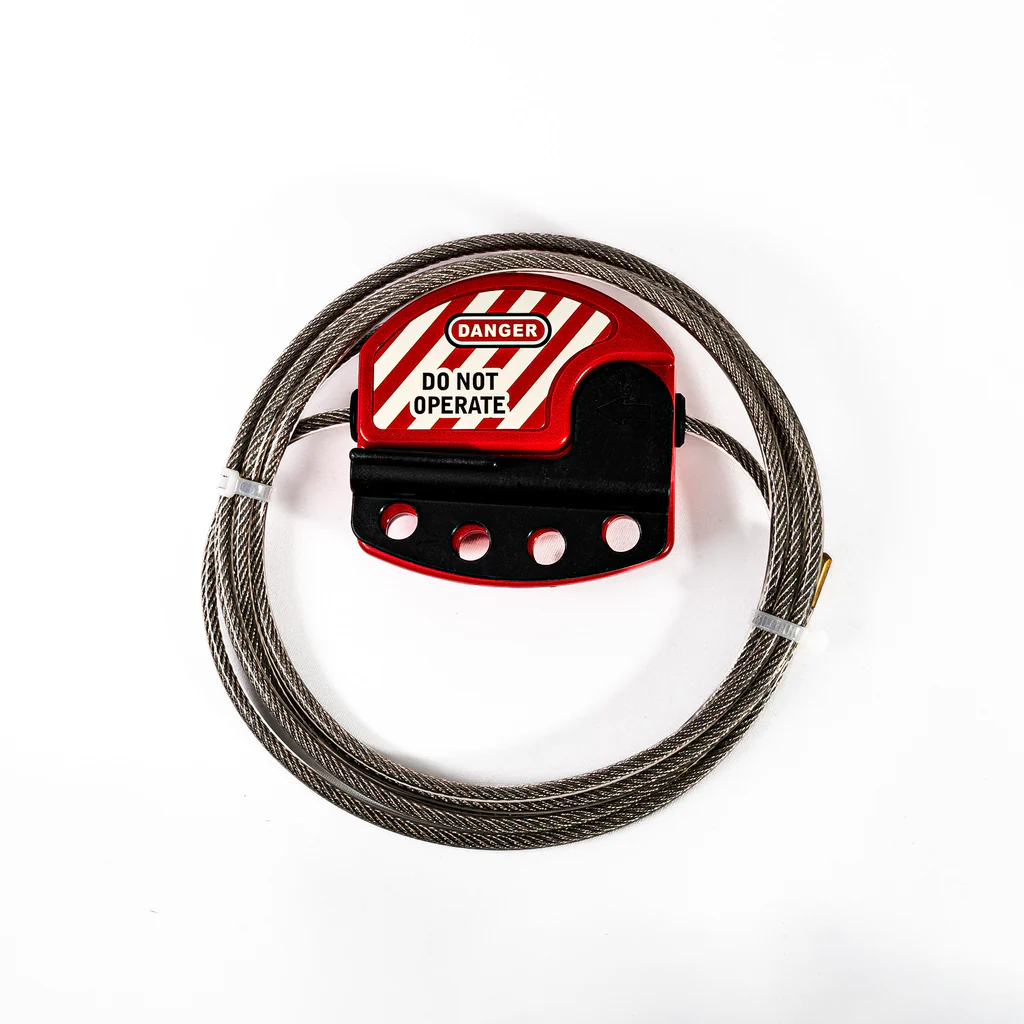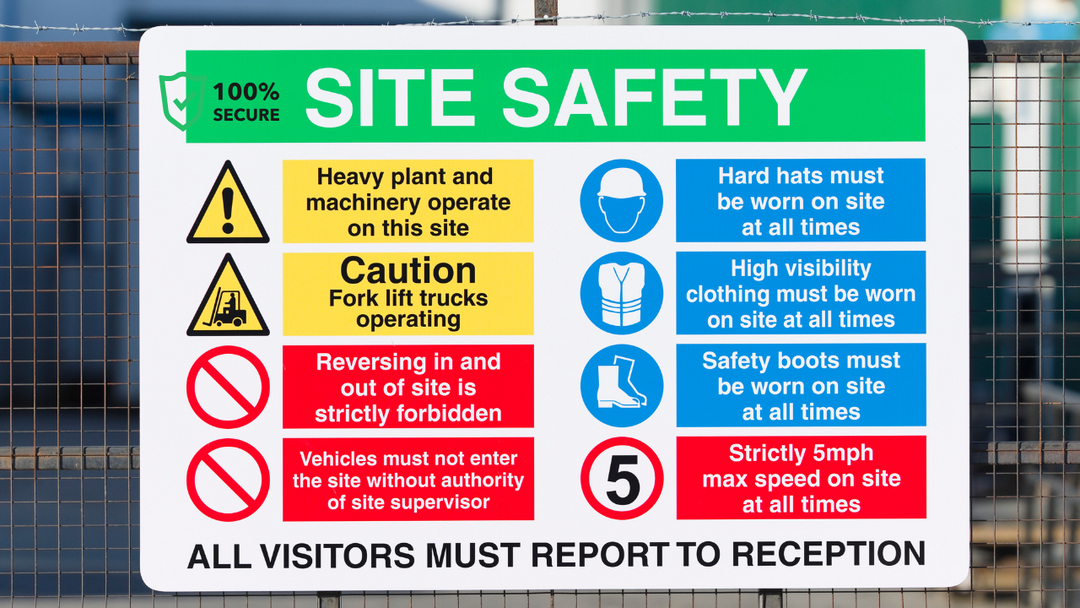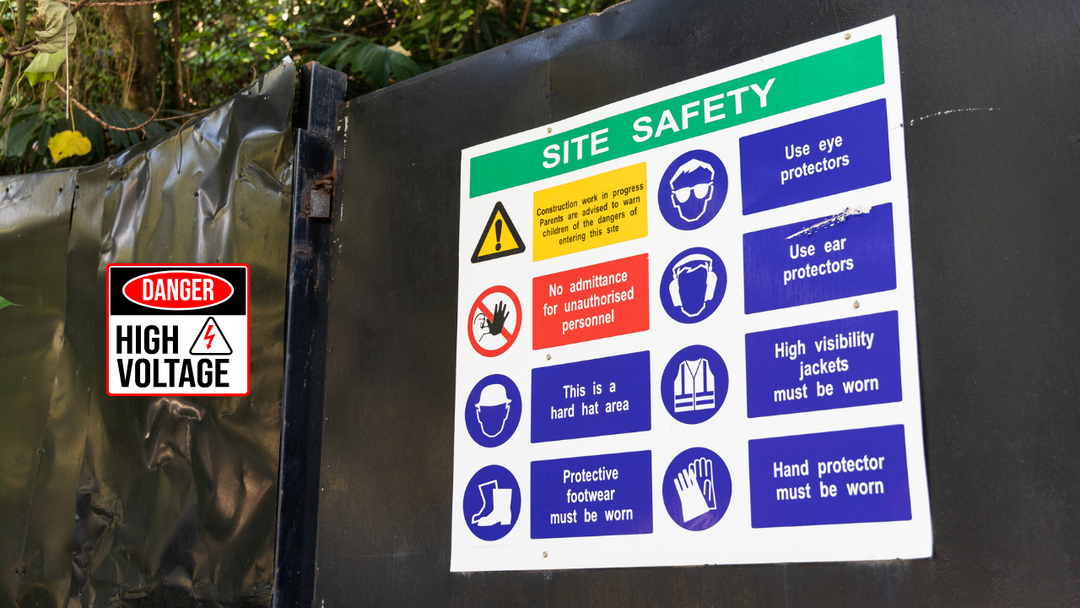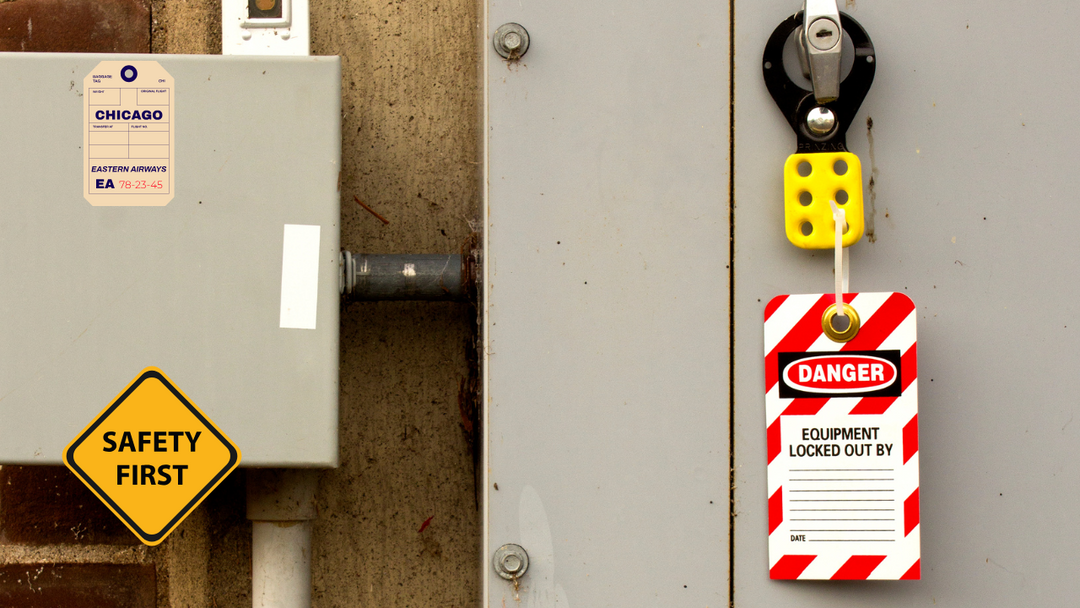Lockout/Tagout Guide: Reducing Workplace Accidents
Introduction to Lockout/Tagout (LOTO) Safety
Workplace accidents involving hazardous energy can lead to serious injuries or even fatalities. One of the most effective ways to prevent such incidents is through a Lockout/Tagout (LOTO) Guide. This system ensures that dangerous machinery and equipment are properly shut off and cannot be restarted before maintenance or servicing is complete.
At .Archford (Archford), businesses can access comprehensive Lockout/Tagout resources, including guides, safety products, and compliance solutions. Proper implementation of LOTO safety procedures not only protects employees but also ensures regulatory compliance and operational efficiency.
Why Lockout/Tagout is Essential for Workplace Safety
Many workplace accidents occur due to unexpected startup of machines or the release of stored energy. The Lockout/Tagout Guide helps prevent these hazards by enforcing strict control measures, such as using padlocks, tags, and proper shutdown processes. Implementing LOTO safety procedures reduces risks and enhances workplace safety by:
Preventing accidental machine activation
Protecting workers from electrical, mechanical, and hydraulic hazards
Ensuring compliance with OSHA lockout/tagout standards
Reducing downtime and liability risks
By following energy control programs, businesses create a safer and more productive work environment.
Understanding the Lockout/Tagout Process
The LOTO process follows a structured approach to controlling hazardous energy sources. It typically includes:
Preparation – Identify all energy sources and potential hazards.
Shutdown – Turn off machinery and inform affected employees.
Isolation – Disconnect power sources (electric, hydraulic, pneumatic, etc.).
Lockout/Tagout – Secure energy sources using locks and tags.
Release of Stored Energy – Drain any residual or stored energy.
Verification – Test the equipment to ensure it’s completely shut off.
Maintenance/Servicing – Perform the necessary work safely.
Re-Energizing – Remove locks/tags and restart the equipment following safety checks.
This systematic process minimizes the risk of workplace accidents.
Key Components of a Lockout/Tagout Program
A successful Lockout/Tagout program consists of various components, including:
Identifying Hazardous Energy Sources
Businesses must conduct a thorough energy audit to determine all hazardous energy sources, such as electrical, mechanical, hydraulic, and chemical energy. Proper documentation of these sources is crucial.
Proper Lockout and Tagout Procedures
LOTO procedures involve using lockout devices and warning tags to prevent unauthorized access to machinery. These tools serve as visual reminders and physical barriers to ensure worker safety.
(Archford) offers a wide range of lockout kits, padlocks, and tagging solutions to help businesses maintain compliance with LOTO requirements.
OSHA Regulations and Compliance Requirements
The Occupational Safety and Health Administration (OSHA) has strict regulations regarding Lockout/Tagout procedures to protect workers from hazardous energy. Key OSHA lockout/tagout requirements include:
Proper Documentation – Written LOTO procedures must be available and followed.
Training Requirements – Employees must be educated on energy control procedures.
Annual Inspections – Employers should conduct regular inspections to ensure compliance.
Use of Standardized Devices – Locks and tags must be durable and clearly marked.
Failure to comply with OSHA lockout/tagout regulations can result in heavy fines and legal consequences.
Best Practices for Implementing Lockout/Tagout
To maximize workplace safety, businesses should follow these best practices:
Use High-Quality Lockout Devices – Ensure locks and tags are durable and standardized.
Train All Employees – Regular workplace safety training sessions improve awareness and compliance.
Develop Clear Procedures – Detailed step-by-step LOTO instructions should be easily accessible.
Conduct Regular Audits – Frequent inspections help identify gaps in LOTO implementation.
Encourage a Safety Culture – Foster an environment where employees prioritize safety.
By following these best practices, businesses can effectively reduce workplace accidents and improve overall operational safety.
Common Lockout/Tagout Mistakes to Avoid
Many businesses unknowingly make mistakes when implementing LOTO procedures. Some common errors include:
Failing to identify all energy sources
Using incorrect or non-standardized lockout devices
Neglecting to train employees on LOTO protocols
Skipping verification steps before starting maintenance
Not conducting regular audits and updates
Avoiding these mistakes ensures LOTO compliance and enhances workplace safety.
The Role of Training in Lockout/Tagout Effectiveness
Effective LOTO training is essential to ensure employees understand and follow proper procedures. Training should cover:
How to identify hazardous energy sources
Steps to properly shut down and lockout equipment
Emergency response procedures
OSHA compliance requirements
Businesses can improve workplace safety training programs by utilizing safety resources from .Archford , including guides and compliance tools.
How Archford Supports Lockout/Tagout Safety
Archford is a leading provider of Lockout/Tagout solutions, helping businesses enhance workplace safety through:
High-quality lockout kits and devices
Custom safety labeling and signage
Comprehensive LOTO guides and compliance support
For more information on implementing Lockout/Tagout, visit Archford’s LOTO Guide.
The Ultimate Guide to Workplace Safety: Best Practices for Every Industry
|
Safety Guide |
Tips |
|
Implement Sort, Set in Order, Shine, Standardize, and Sustain for workplace efficiency. |
|
|
Use proper labels with voltage ratings, approach boundaries, and PPE requirements to ensure electrical safety. |
|
|
Apply lean methodologies like Kaizen and Six Sigma to enhance operational efficiency. |
|
|
Ensure all hazardous materials are labeled with correct pictograms, signal words, and hazard statements. |
|
|
Use proper lockout devices and tags to prevent accidental energy releases during maintenance. |
|
|
Follow standard color codes and label pipes at regular intervals for easy identification. |
|
|
Place warning signs in high-risk areas to comply with OSHA standards and improve workplace safety. |
|
|
Use AS 1345 standard colors and labels for accurate pipe identification in Australian industries. |
|
|
Add ‘Safety’ to the 5S system to further enhance workplace organization and hazard prevention. |
|
|
Use different colors for specific zones—e.g., red for fire hazards, yellow for caution, and green for safety paths. |
|
|
Encourage small, continuous improvements by involving employees in process optimization. |
|
|
Use visual signals to manage workflow and reduce inefficiencies in production. |
|
|
Implement proper PPE, ventilation, and emergency procedures to ensure worker safety in mining operations. |
|
|
Use durable, heat-resistant labels to prevent misidentification of electrical wiring. |
|
|
Maintain clear aisles, proper signage, and forklift safety measures to reduce accidents. |
|
|
Optimize layout, use barcode scanning, and implement inventory tracking systems for smooth operations. |
|
|
Use consistent signage, color-coded paths, and lighting to improve navigation. |
|
|
Keep floors dry, use anti-slip mats, and mark hazard areas to prevent workplace injuries. |
|
|
Use labels, floor markings, and visual boards to improve communication and organization. |
|
|
Clearly label valves with durable tags to ensure safe and proper operation. |
Final Thoughts
Implementing a Lockout/Tagout program is a critical step in reducing workplace accidents and ensuring worker safety. By following proper procedures, complying with OSHA lockout/tagout standards, and utilizing LOTO solutions from .Archford, businesses can minimize risks and create a safer work environment.
A well-executed Lockout/Tagout program not only protects employees but also improves productivity and reduces liability risks. Prioritizing LOTO safety procedures is an investment in a safer and more efficient workplace.
Frequently Asked Questions (FAQs)
1. What is the purpose of a Lockout/Tagout program?
A LOTO program ensures that machinery and equipment are safely shut off and cannot be restarted before maintenance or servicing is complete, preventing workplace accidents.
2. What are the key OSHA requirements for Lockout/Tagout?
OSHA requires businesses to have written LOTO procedures, employee training, proper lockout devices, and regular compliance audits to ensure safety.
3. Who needs Lockout/Tagout training?
All employees working with or around hazardous energy sources should receive workplace safety training, including maintenance workers, machine operators, and supervisors.
4. What are the most common Lockout/Tagout mistakes?
Common mistakes include failing to identify all energy sources, skipping verification steps, using non-standardized devices, and neglecting regular safety audits.
5. Where can businesses find quality Lockout/Tagout solutions?
.Archford (Archford) provides high-quality lockout kits, safety labeling, and compliance resources to support effective LOTO implementation.


